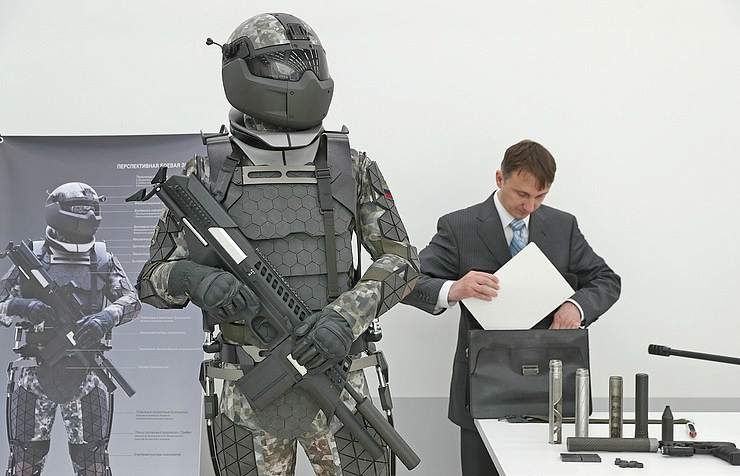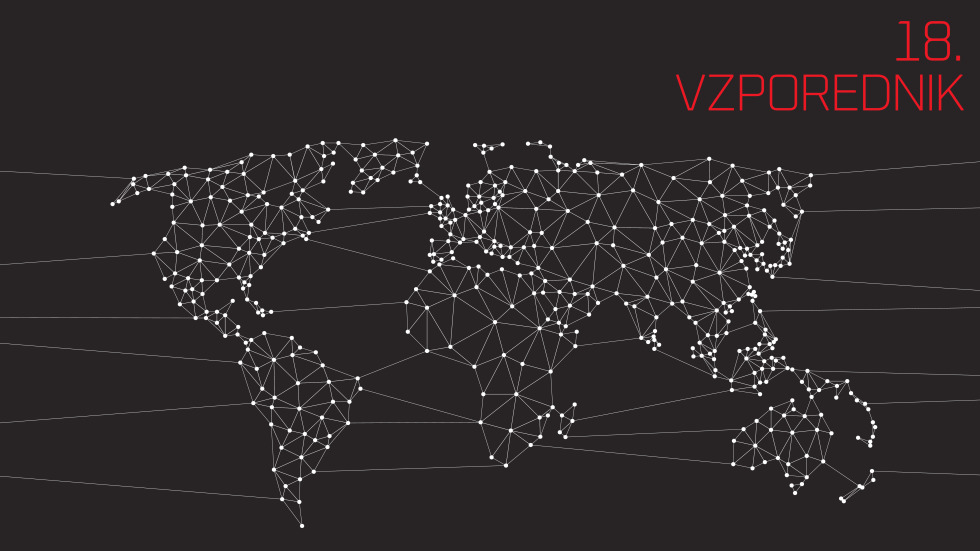According to a 2009 article on Russian website
Pravda.ru, the Presidium of the Supreme Council gathered for a session on 19 February 1954 when only 13 of 27 members were present. There was no quorum, but the decision was adopted unanimously.
[8]
The earlier published documents and materials that have emerged more recently confirm that the transfer of Crimea from the Russian RSFSR to the Ukrainian SSR was carried out in accordance with the 1936 Soviet constitution, which in Article 18 stipulated that "the territory of a Union Republic may not be altered without its consent." The proceedings of the USSR Supreme Soviet Presidium meeting indicate that both the Russian RSFSR and the Ukrainian SSR had given their consent via their republic parliaments.
[9]
On 27 June 2015, after the
annexation of Crimea by the Russian Federation, the
Office of the Prosecutor General of the Russian Federation accepted the request of the leader of
A Just Russia party,
Sergey Mironov, to evaluate the legitimacy of 1954 transfer of Crimea and stated that the transfer violated both the
Constitution of the Russian RSFSR [
Wikidata] and the
Constitution of the Soviet Union. The text of the document signed by Russian Deputy Prosecutor General Sabir Kekhlerov stated: "Neither the Constitution of the RSFSR nor the Constitution of the USSR [i.e. Ukrainian SSR] empowers the Presidium of the Supreme Soviet of the USSR to consider changes in the constitutional legal status of Autonomous Soviet Socialist Republics, which are members of the union republics. In view of the above, the decision adopted in 1954 by the Presidium of the Supreme Soviet of the RSFSR and the Soviet on the transfer of the Crimean region of the RSFSR to the USSR did not correspond to the Constitution (Fundamental Law) of the RSFSR or the Constitution (Fundamental Law) of the USSR."
[10]








